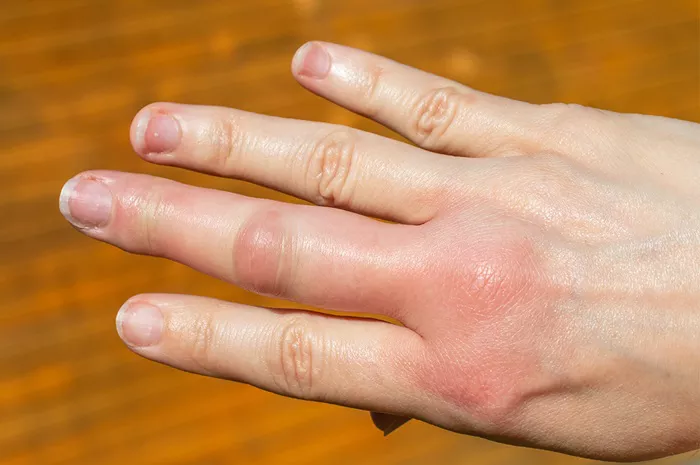Limited Access to Healthcare in Rural Communities
Residents of rural towns across Queensland, like Yarraman, are struggling to access healthcare, with many being forced to travel long distances to see a doctor. Yarraman, a small town located 180 kilometers northwest of Brisbane, has been without a regular doctor since 2018. The nearest available general practitioner (GP) in Blackbutt is no longer accepting new patients, leaving locals with few options.
Jane Hodgkinson, a local farmer and yoga teacher, explained that many residents are opting out of regular health check-ups or traveling as far as Toowoomba, Kingaroy, or even Brisbane for care. The absence of public transport and the high costs associated with traveling long distances are major barriers.
“People are putting off their regular health checks,” said Hodgkinson. “They end up with more complex health issues that are harder to treat.”
Doctor Shortage and its Impact on Health
The shortage of GPs in rural areas is not limited to Yarraman. According to Peta Rutherford, CEO of the Rural Doctors Association of Australia, this problem affects many rural communities. As a result, people in these areas often delay seeking medical care, leading to serious health conditions that could have been prevented with earlier treatment.
Emma Buchanan, CEO of the Royal Flying Doctor Service Federation, added that more than 32,000 people in Australia live in areas where no GP is accessible within a 60-minute drive. Furthermore, over 100,000 people lack access to mental health services.
“The life expectancy of people in remote areas is 14 years shorter than that of urban dwellers, and they often die from preventable causes,” Buchanan said.
Disappointment Over Election Health Proposals
As the federal election campaign nears its conclusion, Hodgkinson expressed disappointment over the lack of focus on rural health issues. She criticized the proposed policies as insufficient, referring to them as a “bandaid approach.”
“We need real leadership,” she emphasized. “Addressing this issue requires both time and financial investment.”
Both major political parties have put forward proposals to address the GP shortage. The Coalition has promised 200 training positions for regional health workers, while Labor has committed to expanding the GP workforce by 2,000 annually starting in 2028, alongside an $8.5 billion bulk-billing initiative.
A Collaborative Effort
Rutherford believes there is hope for rural healthcare, especially with increasing interest from medical graduates wanting to work in these communities. However, she stresses the need for strong support systems to retain these doctors.
“Graduates want to work in rural areas, but we need to ensure the system is prepared to support them,” Rutherford explained. “We must provide opportunities and incentives to attract and keep doctors in these regions.”
In response, Queensland Health Minister Tim Nicholls outlined the state’s commitment to recruiting more healthcare staff, including 46,000 new workers by 2032. This initiative is part of a broader effort to “grow our own” healthcare workforce in rural and regional areas.
Rutherford concluded by stating that retaining doctors in rural communities requires a collaborative effort from local councils, state governments, and the federal government. This includes providing adequate housing, recruitment incentives, and support systems to ensure doctors remain in these critical areas.
“If we want a sustainable medical service in rural communities, we need to be creative in how we attract and keep doctors here,” she said.
Related Topics






























